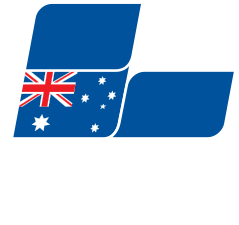The Shadow Treasurer Dr Steve Thomas has welcomed the upgrading of the State’s Standard and Poor’s Credit Rating to AAA with a stable outlook.
“The State of Western Australia will benefit from its return to the highest credit rating through lower interest rates” Dr Thomas said.
“The upgrade reflects high income levels, which have cushioned WA from the costs and deficits experienced by other Australian states and the Commonwealth.”
“In particular, three and a half years of the biggest iron ore royalties boom in our state’s history has left Western Australia with the biggest surpluses ever recorded in any state in Australia.”
“Under these circumstances it is not surprising that the credit rating was shifted up.”
Dr Thomas said that lower interest rates were a good outcome, given that state debt had barely moved during the boom and was budgeted to rise.
“In budget estimates last week the Government confirmed that Total Public Sector net state debt was $32 billion when they came to power in 2017.”
“According to its own budget last month, that debt will be $31 billion by the 30th of June 2023, and a year later will be back over $32 billion.”
“Interests rates are expected to keep rising, with an expectation that Reserve Bank official rates will hit 2% by the end of the year” Dr Thomas said.
“The State will need to refinance more than $20 billion of debt over the next five years, and the lift to a AAA credit rating will minimise the increases in interest rates the state will inevitably have to pay.”
Dr Thomas said that the end of the mining boom would also have to be carefully managed to maintain the top rating level.
“It will also be interesting to see how the end of the current mining boom, which is predicted over the next eighteen months, will impact the budget figures and the ratings reviews” Dr Thomas said.
“If the price of iron ore returns to normal – about US$75 a tonne – iron ore royalties will also drop.”
“In Mark McGowan’s first year in charge (2017-18) iron ore royalties were $4.5 billion; last financial year, they were $11 billion.”
“Which means that the entire budget surplus of $5.8 billion can be attributed to the increase in royalties, and when that goes back down the real work of financial management will begin.”
